Every Air Force Special Operations Job Explained

Every branch of the U.S. military, aside from the space force, has its own special operations forces, each having their own niche that further strengthens the diversification of USSOCOM. While every SOF force has its own overlaps and similarities with one another, Air Force Special Operations is one of a kind.
Not every operator can do what an air force operator does, so much so that many of them are embedded in other SOF units to augment their capabilities. This means that not only are Air Force operators trained in their own specialty, they also learn how to execute the missions of various special operations units.
AFSOC personnel range from Special Recon, Pararescuemen, Combat Controllers, Special Operations Surgical Teams, and Select Tactical Air Control Party personnel. Keep reading as we go over each of these communities and highlight what they bring to the table in Air Force special operations, along with an honorable mention.
TABLE OF CONTENTS
AIR FORCE SPECIAL OPERATIONS: SPECIAL RECONNAISSANCE
AIR FORCE SPECIAL OPERATIONS: PARARESCUEMEN (PJ’S)
AIR FORCE SPECIAL OPERATIONS: AIR FORCE COMBAT CONTROLLER (CCT)
AIR FORCE SPECIAL OPERATIONS: SPECIAL OPERATIONS SURGICAL TEAMS (SOST)
AIR FORCE SPECIAL OPERATIONS: TACTICAL AIR CONTROL PARTY (TACP)
AIR FORCE SPECIAL OPERATIONS: CONCLUSION
AIR FORCE SPECIAL OPERATIONS: SPECIAL RECONNAISSANCE

Special Reconnaissance might seem like a capability that other SOF forces have, but in the air force, this is actually its own career field. In fact, Special Recon happens to be the Air Force’s newest special operations job. But it’s not like it came out of nowhere, the Air Force rebranded and expanded the Special Operations Weatherman Teams (SOWT) into the career field you see today.
In order for you to better understand Special Recon, it's important to learn about its origin. SOWT’s main mission was to deploy into combat areas to collect and interpret meteorological data to provide air and ground forces commanders with timely, accurate intelligence. So essentially, in the SOF world, they were known as the weather guys, but in reality, SOWT’s did more than that, as they were often embedded in various SOF units, like the SEALs, MARSOC, and Army SF. They supported counterterrorism, foreign internal defense, and direct action.
However, the Air Force recognized a need for expanded capability, and the SOWT’s had the foundation for just that. On May 13, 2019, the Air Force created Special Recon, expanded the SOWT’s mission to include special reconnaissance, and further enabled them to perform a variety of different missions by adding military free fall and combatant diving to the Special Recon pipeline. The ultimate shift was from a specialized focus on weather analysis to one of multi-domain reconnaissance and surveillance.
To sum this career field up, Special Recon airmen are operators with unique training to conduct multi-domain reconnaissance and surveillance across the spectrum of conflict, focusing on lethal and non-lethal air-to-ground integration of airpower. They deploy rapidly and undetected by any means, anytime, and anywhere to systematically obtain, transmit, exploit, and take action on time-sensitive information.
AIR FORCE SPECIAL OPERATIONS: PARARESCUEMEN (PJ’S)

When a civilian needs rescue, they call 911. When a Navy SEAL on a mission needs rescue, they call the PJ’s. But this doesn’t stop with the Navy SEALS; PJ’s are the only specialty specifically trained and equipped to conduct conventional or unconventional rescue operations. They bail out virtually anyone who needs help.
Air Force PJ’s are officially known as Pararescuemen. They’re the embodiment of their motto, "These Things We Do, That Others May Live," willing to go anywhere, at any time, by whatever means necessary to retrieve and rescue those who need it. Due to the nature of search and rescue operations, which often involve injured people needing medical care, their missions require them to have extensive expertise in medicine. Every PJ is trained up as a paramedic, learning minor field surgery, pharmacology, combat trauma management, advanced airway management and military evacuation procedures. All those fancy skills in the world of medicine have led PJ’s to be a prominent addition to other SOF units, being embedded into them as the medical element.
These warriors have been involved in so many missions that they are, in fact, the Air Force’s most decorated enlisted force. There are several stories and accounts of PJ’s heroically saving personnel and sacrificing themselves, affirming their dedication and commitment to saving lives and self-sacrifice.
AIR FORCE SPECIAL OPERATIONS: AIR FORCE COMBAT CONTROLLER (CCT)

Are you familiar with Air Traffic Controllers, the people who direct aircraft? Well, imagine one that can breach and clear a room, infiltrate an area by sea, air, or land, and may or may not have a fantastic beard. That would be an Air Force Combat Controller.
Legendary by nature, holding the title for the first Medal of Honor ever recorded, CCT’s are not to be taken lightly. The story of John A. Chapman, a CCT, sums up what we’re trying to explain perfectly. In 2002, despite being mortally wounded and alone, Chapman held his ground against two dozen enemy combatants in one of the bravest one-man stands ever witnessed. His actions and self-sacrifice would save 23 lives that day, and are one of the most courageous acts of heroism the world has ever seen. John A. Chapman lived up to the CCT’s motto until his last breath, "First There," reaffirming the combat controller's commitment to undertaking the most dangerous missions behind enemy lines by leading the way for other forces to follow.
And think about it—that’s just one story. Imagine what the community has done and continues to do as a whole.
Air Force CCT’s are the jack of all trades. While their main mission is to establish assault zones or airfields while simultaneously conducting air traffic control, they also conduct fire support, command and control, direct action, counterterrorism, foreign internal defense, and special reconnaissance. From that list of capabilities we just gave you, Air Force CCT’s are some of the most capable operators out there. And it doesn’t stop there. They are also trained in combatant diving and freefall. Believe us, we could go on and on.
Anyway, like their PJ counterparts, CCT’s are also embedded in various SOF units to improve those unit’s fighting capabilities, making them extremely versatile. They can be molded to fit in with whatever unit requires their skills and expertise. For example, if a CCT needs to be embedded in a Ranger battalion, they will be able to integrate seamlessly to augment the Ranger’s capabilities. The same thing goes with a SEAL platoon, or an ODA. The CCT’s do what they do best, and no other operator can step in their shoes and do a CCT’s job like a CCT can.
AIR FORCE SPECIAL OPERATIONS: SPECIAL OPERATIONS SURGICAL TEAMS (SOST)

Remember how we said above that the PJ’s are the 911 of the military? Well, SOST is like the hospital for special operators. In some circumstances, the PJ’s might just take you to these guys after they pull you out of a sticky situation.
SOST isn’t your typical special operations unit. When most people think of special operations, they think of Navy SEALs, Army Rangers, or even MARSOC.
But no one really thinks about SOST, a team of highly capable doctors and medical professionals who can treat an entire spectrum of injuries in a special operations capacity. That’s not something you see every day.
Special Operations Surgical Teams are teams of lightweight, mobile surgical specialists with advanced medical and tactical training to save lives, anywhere and anytime.
They deploy with specialized surgical and critical care response equipment and can be fully operational within 15 minutes of infiltration or arrival. Their equipment can be contained in as small of a space as their backpacks, which allows for a much smaller footprint than that of other SOF or conventional medical assets. So basically, imagine a group of people rushing into an abandoned room and turning it into a full-fledged operating room similar to a hospital at a moment’s notice.
SOST Airmen consist of emergency physicians, surgeons, PA’s, nurse anesthetists, critical care nurses, surgical techs, and respiratory therapists, all of whom have undergone a strict selection process and have years of experience under their belts in their respective professions.
The Air Force basically takes the best of the best of these professions, screens them through an arduous selection process, and builds them up from a foundation that allows them to seamlessly work together to render proper care to those who need it most. There’s a thing called the “golden hour” in medicine, which essentially means that in the first hour after a major traumatic injury, it is the most critical window of time for successful emergency treatment. SOST closes the gap on the golden hour and boasts upwards of a 98% success rate in their treatments.
SOST lives up to their motto, “Those who care for the warriors.”
AIR FORCE SPECIAL OPERATIONS: TACTICAL AIR CONTROL PARTY (TACP)

TACP stands for Tactical Air Control Party. Around 10% of TACP’s work is in SOF, so while a majority of the community works conventionally, for purposes of this blog post, we are going to be focusing on those who work in SOF.
SOF TACP’s have all the aspects of conventional TACP’s, like being JTAC qualified and getting bombs on target at the right time, but with some added skill sets and capabilities. Not only have they undergone the selection process to even be a TACP, they also go through an additional one if they want to work in SOF.
Any SOF TACP is worth their salt as a TACP. Don’t expect to up and join as a SOF TACP. A TACP must earn the right to SOF by excelling in the conventional career field first. Once a TACP has done their time in the career field, they then must be nominated in order to join SOF, and then undergo a lengthy training process to put them up to speed to be able to work in various SOF units that require their expertise and knowledge in the world of JTAC and beyond. SOF TACP’s integrate air combat power and surface fires into the ground scheme of maneuver, allowing for effective and lethal firepower on the battlefield.
Like their SR, PJ, and CCT counterparts, select SOF TACP’s have the ability to get free fall and combat diver qualified, along with any requisite training that’s expected of an operator.
Make no mistake, there is no guarantee for a TACP to wind up in AFSOC. Their motto, “100 percent and then some," showcases just how much they expect their community to give if they wish to work in SOF.
AIR FORCE SPECIAL OPERATIONS: U.S. AIR FORCE SURVIVAL, EVASION, RESISTANCE, and ESCAPE (SERE) SPECIALISTS (Honorable mention)

SERE stands for Survival, Evasion, Resistance, and Escape. Virtually all operators attend some sort of SERE course. But who are the ones teaching them these skills? SERE Specialists.
They are one of the Air Force’s smallest career fields, while also being one of its most misunderstood and undermanned. While SERE specialists are not considered special operations, a lot of what they do encompasses and revolves around the world of special operations.
For example, they have considerable input in the training and exercises conducted by SOF. While they may not be the ones kicking down the doors or going into the battlefield, they are preparing and ensuring that those who do are as capable as possible. And, in the event things go south, they train up personnel to be able to survive on their own and evade the enemy until they can be rescued and brought home. From building shelters, procuring water, land navigation, and evasion techniques, SERE specialists are highly trained experts that teach virtually anything survival related to those who may need it.
Everything they teach, they’ve done themselves, and then some. They’re held to a high standard and are tested to make sure that they are subject matter experts when it comes to SERE. A vast majority of those who attempt to become SERE specialists fail out. Despite the difficulties, it is a very rewarding career field and presents multiple opportunities. Aside from everything you have read, they get opportunities to go to jump school, and, in some circumstances, the Navy’s dive school.
AIR FORCE SPECIAL OPERATIONS: CONCLUSION

And with Air Force SERE specialists covered, did you know there’s a Tier One unit in the Air Force? That would be the 24th Special Tactics Squadron. Imagine the best of the best of the personnel we covered in this blog post, all in one unit. If you’re interested in learning more about the 24th STS and other Tier One units, check out our blog post where we cover all of them.
If you want to learn more about the military, law enforcement, or government entities, we have a YouTube channel dedicated to providing the best info out there, plus we have a growing list of blog posts as well. Click the links to take you to them!
General Discharge is a veteran-owned, veteran-operated organization that is dedicated to providing the best U.S. Military and Law Enforcement information. With over 250 YouTube videos, over 45 million views, and hundreds of thousands of followers, we have contributed to the success and knowledge of both the current and future generations of service members.
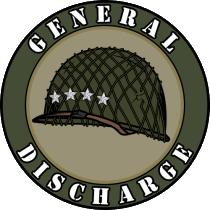
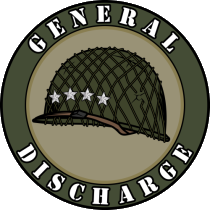

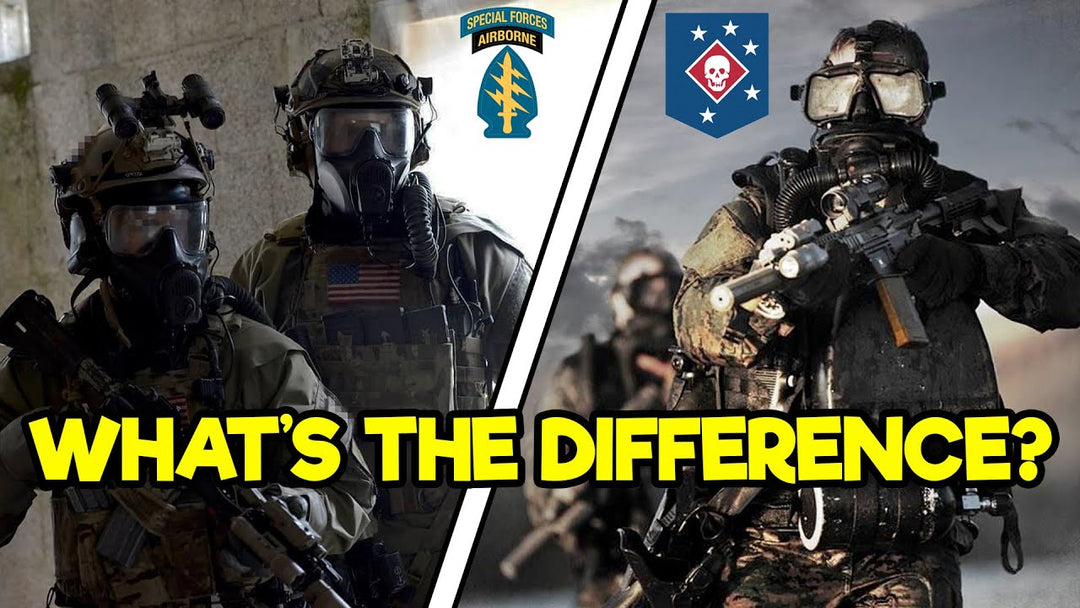
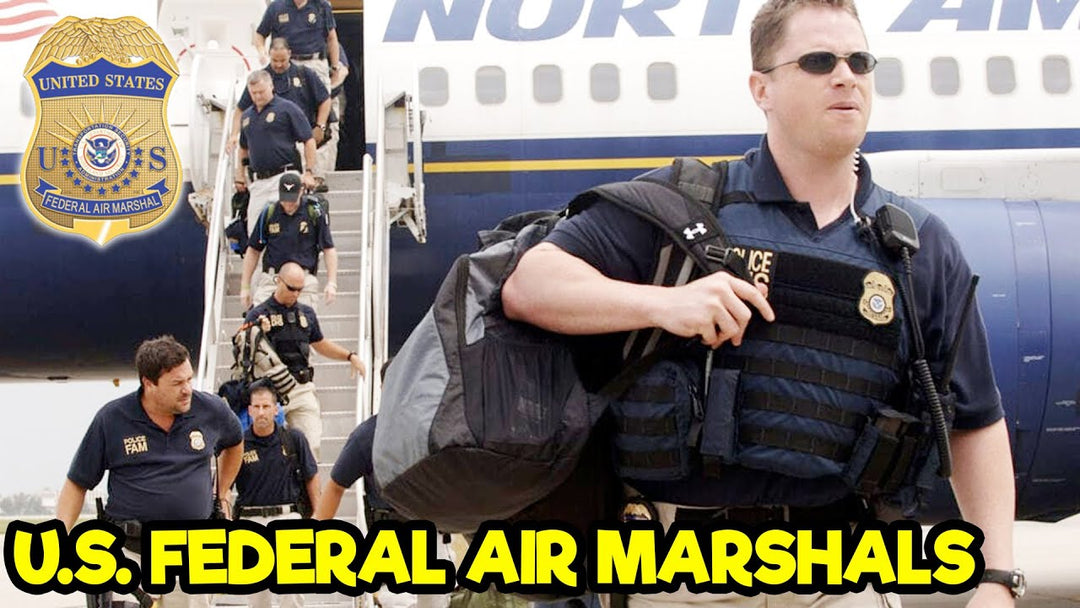
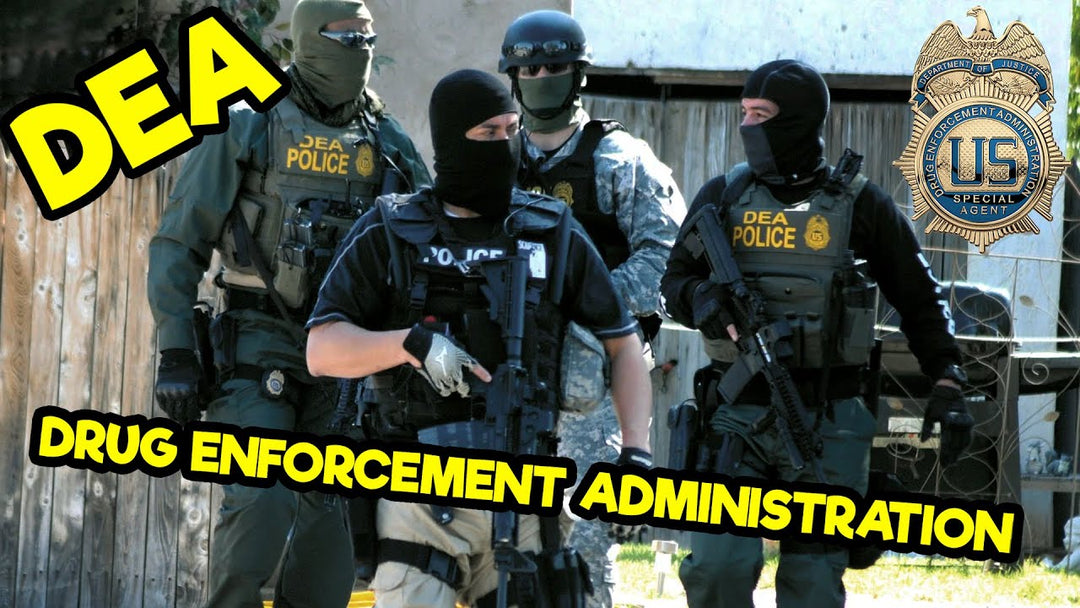
Leave a comment